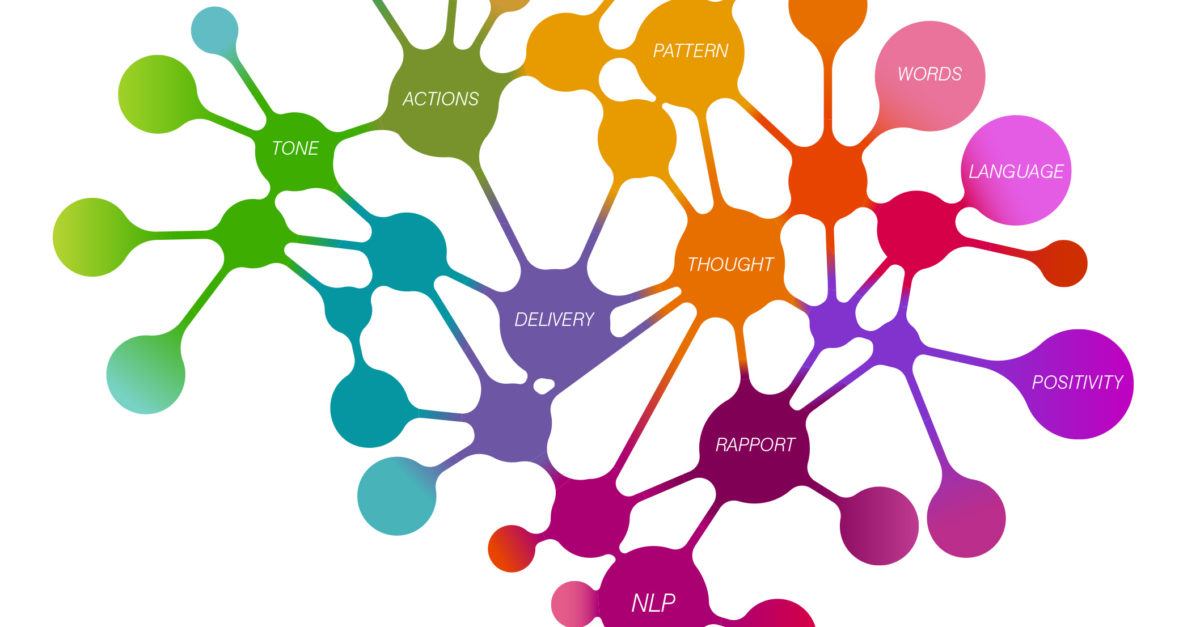Dr Barry Oulton shares his thoughts on neuro-linguistic programming (NLP). Highlighting how the principles in sales and communication have dramatically improved relationships and profits within his practice year on year.
Recently, my friend and on/off business coach of 20 years Chris Barrow, said, ‘You are the only dentist in the UK who can legitimately teach others how to be single-handed, work 3.5 days a week and gross £1 million without doing implants’.
Everything I do to create the business model above is easily teachable and implementable. It cannot, however, be distilled into one article so, instead, I would like to share a couple of nuggets from what I have learned over the last 25 years that you and your team can read and implement with immediate results.
My use of Neuro-Linguistic Programming (NLP) principles in sales and communication has dramatically improved our relationships and profits year on year and it could support your practice as well.
So, what is Neuro-Linguistic Programming?
The ‘neuro’ bit is all about the mind and how it takes in information and processes it. The basic building blocks of all our experiences are formed from what we see, hear, feel, smell and taste – our five senses. In NLP we call them: visual (V); auditory (A); kinaesthetic (K); olfactory (O); and gustatory (G).
The ‘linguistic’ element of NLP is all about how we use our language, how we label things, how we interpret things, and how we talk, both with ourselves (our self-talk) and with others. We often have a running commentary in our mind about what is occurring right now and it’s all too common for us to listen to that commentary rather than the conversation we might be having at the time, perhaps even with patients! ‘Programming’ is the behavioural response – the patterns – that are inside us all, which we have as a result of the outside information (neuro) and the subsequent language and non-verbal communication (linguistic). Programming is our way of controlling something, how we interpret the world, and how we control our daily actions, choices, and behaviours.
Your unconscious mind cannot process a negative
If I were to say to you, ‘Don’t think of a dental chair’, you have to imagine a dental chair in order NOT to think of a dental chair. Even for a brief, fleeting moment, you will have an ‘internal representation’ (a picture, movie, sound or self-talk) of a dental chair. When my daughter was young, and I didn’t know this, I would say things like, ‘Sweetheart, don’t spill the juice’, or, ‘Careful, don’t trip’.
Whilst I had a positive intent for her to keep the juice in the glass and for her to stay upright and not hurt her knees, I was increasing the likelihood of her spilling her juice or even falling over. Why? Because for her to understand what ‘not spilling her drink’ looked like, she had to create a picture, sound or movie in her head (an ‘internal representation’) of spilling the drink. It was almost like a mini rehearsal for the main event that, invariably, resulted in me on my hands and knees mopping up juice and chastising her.
So, once I learned this nugget, I would make every effort to catch myself from coming out with a negative and change it to a positive before I spoke. For example, ‘Sweetheart, carry your glass really carefully’. I had the same positive intent and dramatically increased the likelihood of her keeping the liquid in the glass because she had to create an ‘internal representation’ of carrying the glass carefully rather than spilling it. Does that make sense?
So, how can this be useful in your life as a dentist?
Well, think about some of the things you and your team might say every day to your patients. Firstly, a disclaimer: I know that you have a positive intent for your patients, and with some practise and effort you will be able to influence them even better than you already do.
In my dental practice, we used to say things like this: ‘It’s okay, it won’t hurt.’ ‘There won’t be any pain.’ ‘Don’t be scared.’ ‘Don’t worry.’ ‘This won’t be uncomfortable.’ ‘I don’t want you to be nervous.’
What internal representations do you think these statements created in the minds of our patients? Now, clearly, we had a positive intent of reassuring our patients and wanting them to be and feel comfortable, yet we were increasing the anxiety of our patients, creating sounds and images in their minds of pain, worry, nervousness and hurt.
Action points
- Consider the phrases you and your team use daily, have a team meeting or ‘lunch and learn’ and write them down. Once you have exhausted your list, come up with an alternative phrase that is stated as a positive, one that will increase the likelihood of your patient creating a positive internal representation.
- Take a good look at your marketing material, website, your patient lounge and patient information leaflets. Check for negative language in all material and look to rewrite it ina positive way. For example, consider changing ‘pain-free dentistry’ to ‘comfortable and caring’.
